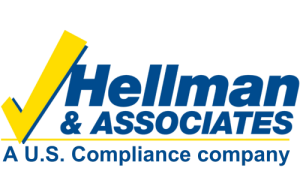OSHA Standard: 1910.1200 Hazard Communication (1926.59)
Corrosive chemicals can burn, irritate, or destructively attack living tissue. When inhaled or ingested, lung and stomach tissue are affected. Materials with corrosive properties can be either acidic (low pH) or basic (high pH). The corrosiveness is defined in contact with living tissue but acids and bases attack many other materials as well.
- Corrosive gases — are readily absorbed into the body through skin contact and inhalation.
- Corrosive liquids — are frequently used in the laboratory and have a high potential to cause external injury to the body.
- Corrosive solids — cause delayed injury. Because corrosive solids dissolve rapidly in moisture on the skin and in the respiratory system, the effects of corrosive solids depend largely on the duration of contact.
- Corrosives may also have other hazards such as catching fire, exploding, or reacting dangerously with other substances.
- Corrosives can permanently damage nylon slings, fall protection equipment, and personal protective equipment (PPE).
Examples of commonly-used corrosives (often found in cleaning agents for home use):
- Sulfuric acid
- Hydrochloric acid
- Nitric acid
- Ammonium hydroxide
- Sodium hydroxide
Labeling: Always check labels to determine if a substance is corrosive:
- The U.S. Department of Transportation (DOT) requires a special label on any container that’s shipped and carries corrosives.
- The DOT label shows a corrosive dripping on, and eating away at, skin and metal.
- OSHA’s Hazard Communication Standard requires all containers that hold hazardous substances to have labels that identify their hazards
- A corrosive label will warn that the substance is dangerous and caution against contact with skin, eyes, or clothing, as well as breathing in mists or gases.
OSHA requires that whenever the eyes or body of any person may be exposed to injurious corrosive materials, suitable facilities for quick drenching or flushing of the eyes and body shall be provided within the work area for immediate emergency use.
